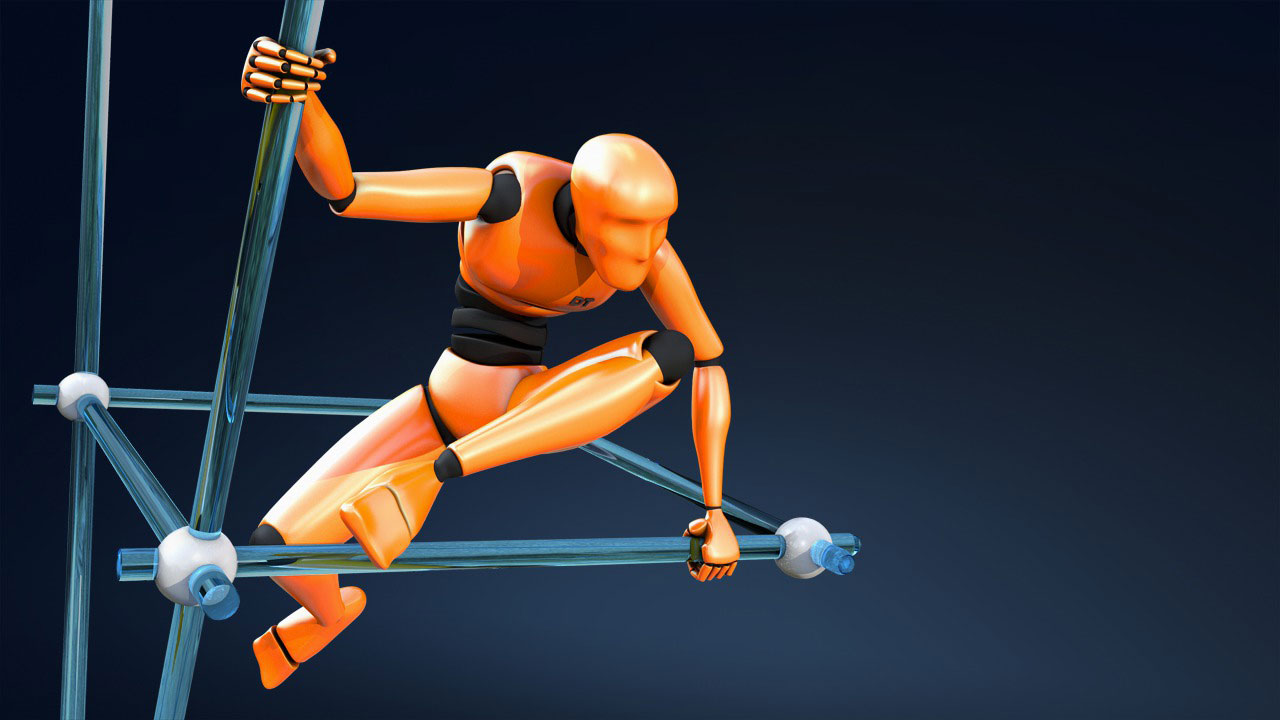
Today he imparts some of his wisdom with us and shares how to create a stylised 3D Vampire Character using ZBrush and Maya. Thanks to his teaching roles and role as an ambassador for XP-Pen Spain and Arte Rodin, Gerard has been able to share his passion for the fusion of art and technology with a larger audience. Additionally, he instructs at Libel Academy, a prominent 3D training institution in Latin America with a diverse student body from various parts of the globe. Gerard is part of the team teaching the University Degree and Master of Concept Art programs at FX Barcelona Film School. For example, you can write an expression formula that animates the flapping of a bird’s wings.Gerard Martinez, is a 26 years old Character Artist and teacher who resides in Mollet del Vallès, near Barcelona.
 Expressions are instructions that you can type to animate attributes. For example, you can use Maya ® Dynamics ™ to create effects such as sparks spraying from a welding torch or hail falling from the sky. Dynamic animation lets you create realistic motion using the rules of physics to simulate natural forces. You can modify an animation sequence on layers without permanently altering the original, or simply organize your keyframe animation onto layers.
Expressions are instructions that you can type to animate attributes. For example, you can use Maya ® Dynamics ™ to create effects such as sparks spraying from a welding torch or hail falling from the sky. Dynamic animation lets you create realistic motion using the rules of physics to simulate natural forces. You can modify an animation sequence on layers without permanently altering the original, or simply organize your keyframe animation onto layers.  Layered animation lets you create and blend animation on separate layers. For example, you can use the captured motion of a horse to animate the skeleton of a quadruped model. Motion capture animation lets you use imported motion capture data to apply realistic motion to the characters in your scene. For example, when you assign a car model to a motion path that follows a road in your scene, the car follows the road when you play the animation. When you attach an object to a motion path, it follows the curve during its animation. Path animation lets you set a curve as an animation path for an object. For example, you can use nonlinear animation to create a looping walk cycle for one of your characters. Nonlinear animation lets you split, duplicate, and blend animation clips to achieve the motion effects that you want. For example, you can key a character’s X and Z translations asĭriver attributes and a door model’s Y rotation as theĭriven attribute to create an animation of a character and a swinging door. Driven key animation lets you link and drive the attributes of one object with those of another object by setting driven keys. Of a character’s arm to create an animation of its arm waving. Keyframe animation lets you transform objects or skeletons over time by setting keyframes. You'll find sections that focus on the following types of animation:
Layered animation lets you create and blend animation on separate layers. For example, you can use the captured motion of a horse to animate the skeleton of a quadruped model. Motion capture animation lets you use imported motion capture data to apply realistic motion to the characters in your scene. For example, when you assign a car model to a motion path that follows a road in your scene, the car follows the road when you play the animation. When you attach an object to a motion path, it follows the curve during its animation. Path animation lets you set a curve as an animation path for an object. For example, you can use nonlinear animation to create a looping walk cycle for one of your characters. Nonlinear animation lets you split, duplicate, and blend animation clips to achieve the motion effects that you want. For example, you can key a character’s X and Z translations asĭriver attributes and a door model’s Y rotation as theĭriven attribute to create an animation of a character and a swinging door. Driven key animation lets you link and drive the attributes of one object with those of another object by setting driven keys. Of a character’s arm to create an animation of its arm waving. Keyframe animation lets you transform objects or skeletons over time by setting keyframes. You'll find sections that focus on the following types of animation: 
Maya, how to use the different types of animation, and how to preview, playback, and save your animations.

Topics in this section provide information on the various animation techniques in An introduction to the various animation techniques in








 0 kommentar(er)
0 kommentar(er)
